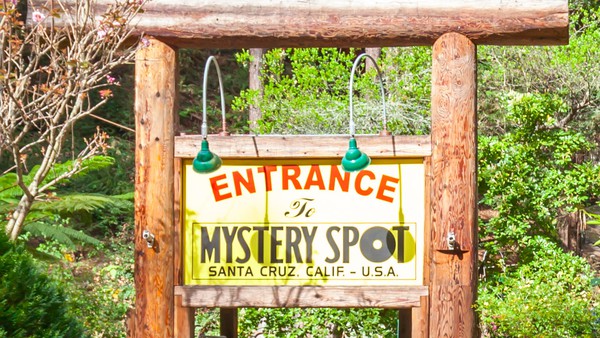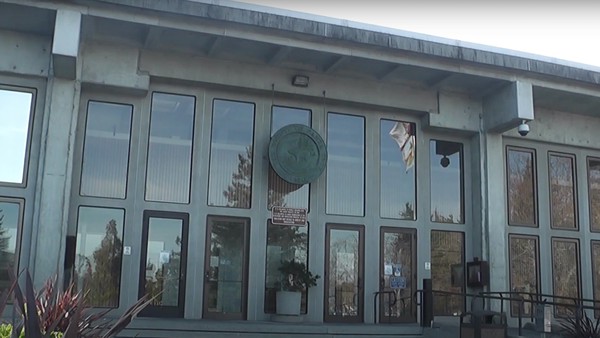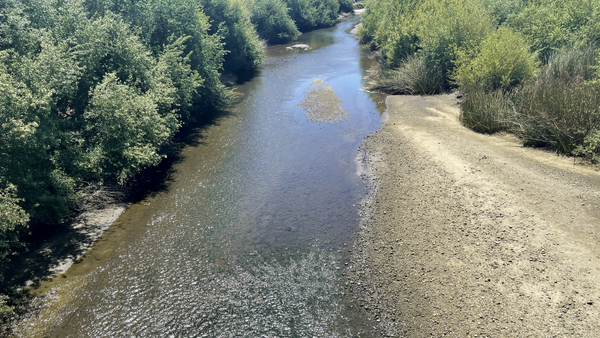The other reports focus on two subjects that are front of mind for Santa Cruz residents (and for that matter, Californians in general): fire and water. We have too much of one, not enough of the other.
On the first of these, the grand jury released “Reducing Our Community’s Risk From Wildfire.” There will be more to come from local journalists on this topic, particularly in the weeks ahead when the annual CZU fire anniversary rolls around, and also when the Santa Cruz County Board of Supervisors responds to the grand jury’s report by Sept. 22.
But on the topic of water—and the shortages thereof—the grand jury released a report on May 24 titled “Our Water Account is Overdrawn,” which warns of a catastrophic outcome that if the county does not achieve drought resilience. The report proposes “achievable steps that can be taken toward drought resilience by our County water districts, city water departments, and groundwater basin agencies,” and it sets a deadline of Aug. 22 for “required responses” from the Santa Cruz and Watsonville city councils and the board of directors for the region’s water agencies.
This report on water management caught the attention of local reporters, with headlines cropping up in various news sites. A July 29 article by Jesse Kathan of Santa Cruz Local presents a comprehensive look at the report's findings, and also offers a map of local water districts, water sources and agencies. It’s a must-read for anyone seeking to understand Santa Cruz’s water management woes.
To augment this well-done piece of journalism, dip into California Local’s Explainers on the local water landscape (see below). Matt Renda writes about the peculiarities of Santa Cruz’s water supply. Due to its relative geographic isolation, hemmed in by ocean and mountains, it is one of the few California communities that relies on water from local rainfall. And Jonathan Vankin digs into a short primer on the state’s wildly complicated water delivery systems before detailing the 10 special districts whose primary function is managing and delivering water supply in Santa Cruz County, along with the municipal water departments in Santa Cruz and Watsonville.


 What’s more arcane—the Mystery Spot, or Santa Cruz’s local government?
What’s more arcane—the Mystery Spot, or Santa Cruz’s local government?



